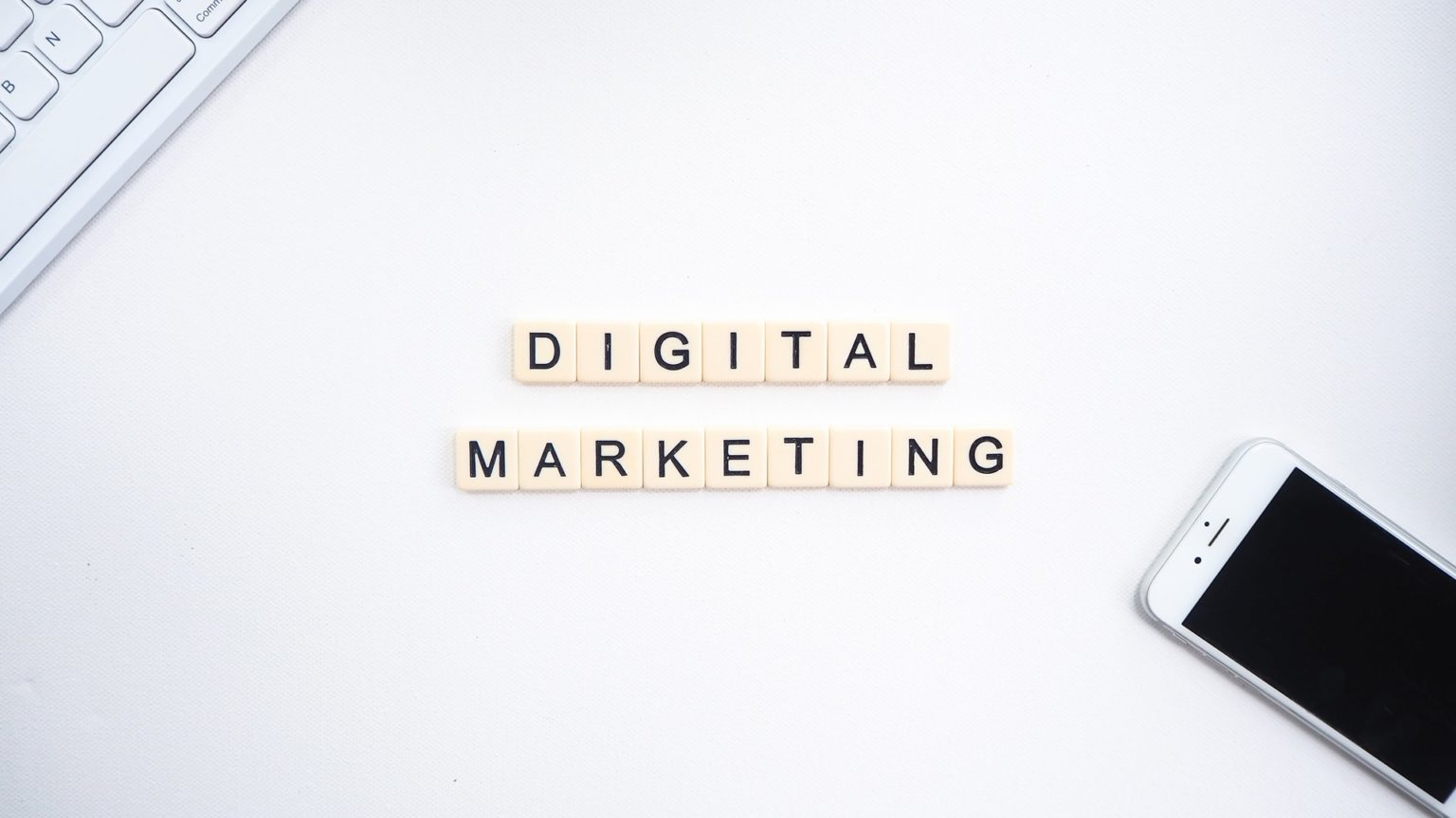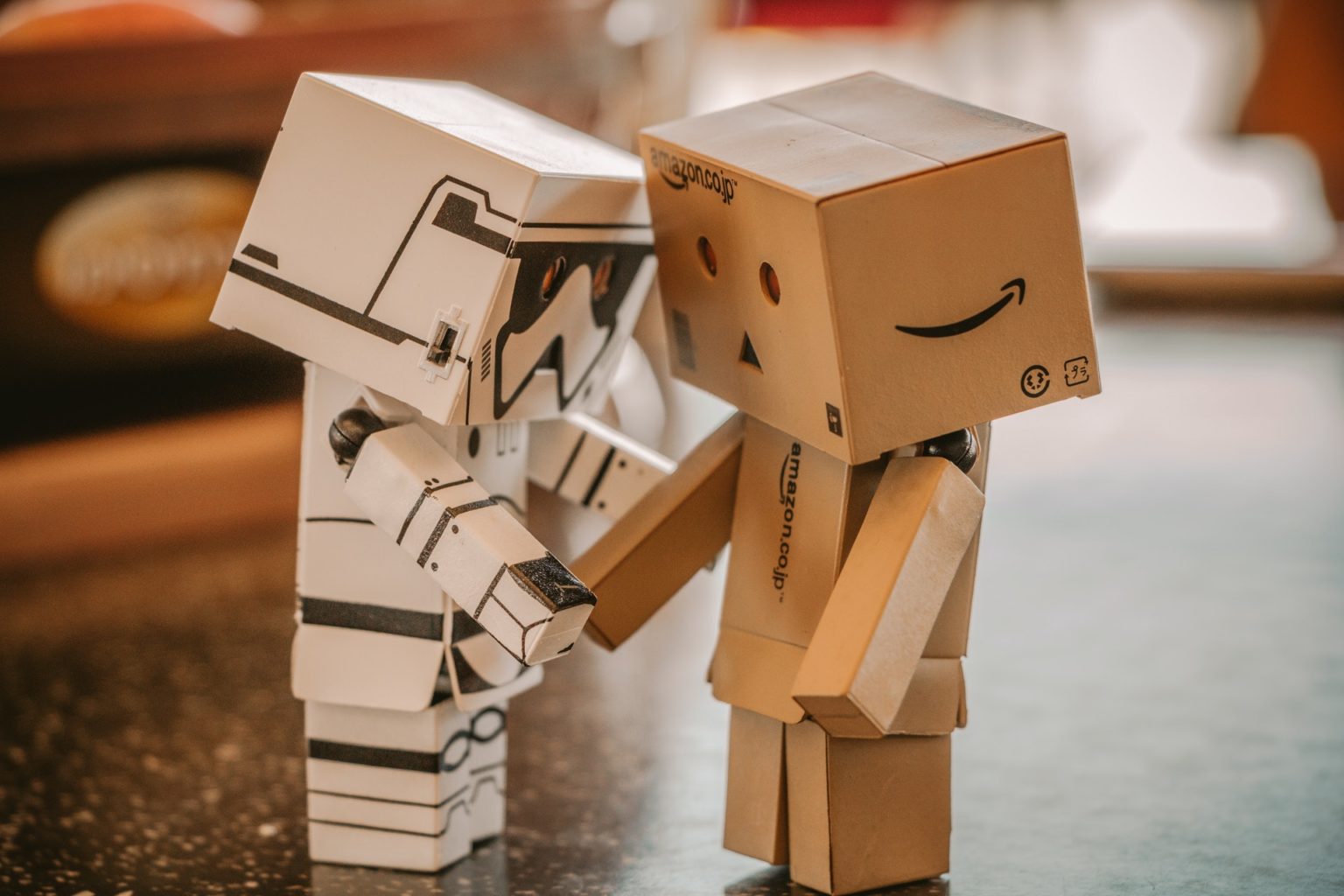An overview of user experience design
Tue, 07 Dec 2021
The technology and design industries rely heavily
on the user experience (UX). Users' demands must be met, and pleasant
experiences must be provided in order for users to remain loyal to the product
or brand.
What is user experience design
(UX)?
The entire journey of a user while using a
platform, from login to logout, is referred to as user experience (UX). It
encompasses everything from direct touch with the product to how it aids in the
completion of certain tasks.
UX design, on the other hand, is a method used by
industry teams to produce goods (both physical and digital) that are simple and
practical to use. It's a broad field that includes psychology, business, market
research, design, and technology. In order to create a User Experience map,
every touchpoint between the customer and the firm must be considered.
The distinction between UX and UI design is as
follows:
The terms user interface (UI) and user experience
(UX) are frequently interchanged in the business. However, we must recognize
that user interface design differs from user experience design.
When we talk about UI design, we're talking about
the user interface of the product or system with which the user interacts. It
includes all of the product's visual and interactive elements, such as colors,
typography, animations, and navigational touchpoints (such as buttons and
scrollbars) that the user interacts with.
UX design, on the other hand, is found everywhere
and in everything that we encounter as users in our daily lives. It's the
sensation a user has when interacting with a product or system. It considers
how users feel about the product and how simple it is for them to do their
desired tasks.
Don Norman was the first to coin the phrase. The
purpose of UX design is to provide users with simple, efficient, relevant, and
all-around enjoyable experiences.
UX design is influenced by
a number of factors.
UX is concerned with how a person feels when using
a system, whereas usability is concerned with the interface's user-friendliness
and efficiency. The field of user experience (UX) has evolved to include
usability. To design and deliver effective products, it's critical to pay
attention to all aspects of the user experience.
There
are seven aspects that define UX, according to Peter Morville, a pioneer in the
field:
· Useful: The
content/product should be unique and meet the demands of the user.
· Easy
to use: The product must be simple to use.
· Desirable: The
product's image, identity, brand, and other design components are all employed
to elicit want, emotions, and appreciation.
· Findable: Onsite
and offsite, the content/product must be easy to locate.
· Accessible: People
with disabilities must be able to use the content or product.
· Credible: Credibility
refers to the user's ability to trust the product you've offered.
· User-friendly: The
product must be user-friendly. Any initial success of a product will be
shattered if it lacks value.
POPULAR POSTS
The Difference between Digital Marketing and Advertising
Wed, 07 Apr 2021How Chatbot Development Is Transforming Customer Service
Thu, 06 May 2021Why UX And UI Is Important For Mobile Application Development
Sat, 01 May 2021Top Hosted Ecommerce Platforms of 2020
Wed, 07 Apr 2021RECENT POSTS
The cost of launching a Shopify-powered e-commerce site
Fri, 24 Dec 2021Telemedicine's Advantages in Nursing Homes
Fri, 24 Dec 2021NodeJS vs. Laravel which one should you choose in 2021?
Thu, 23 Dec 2021









